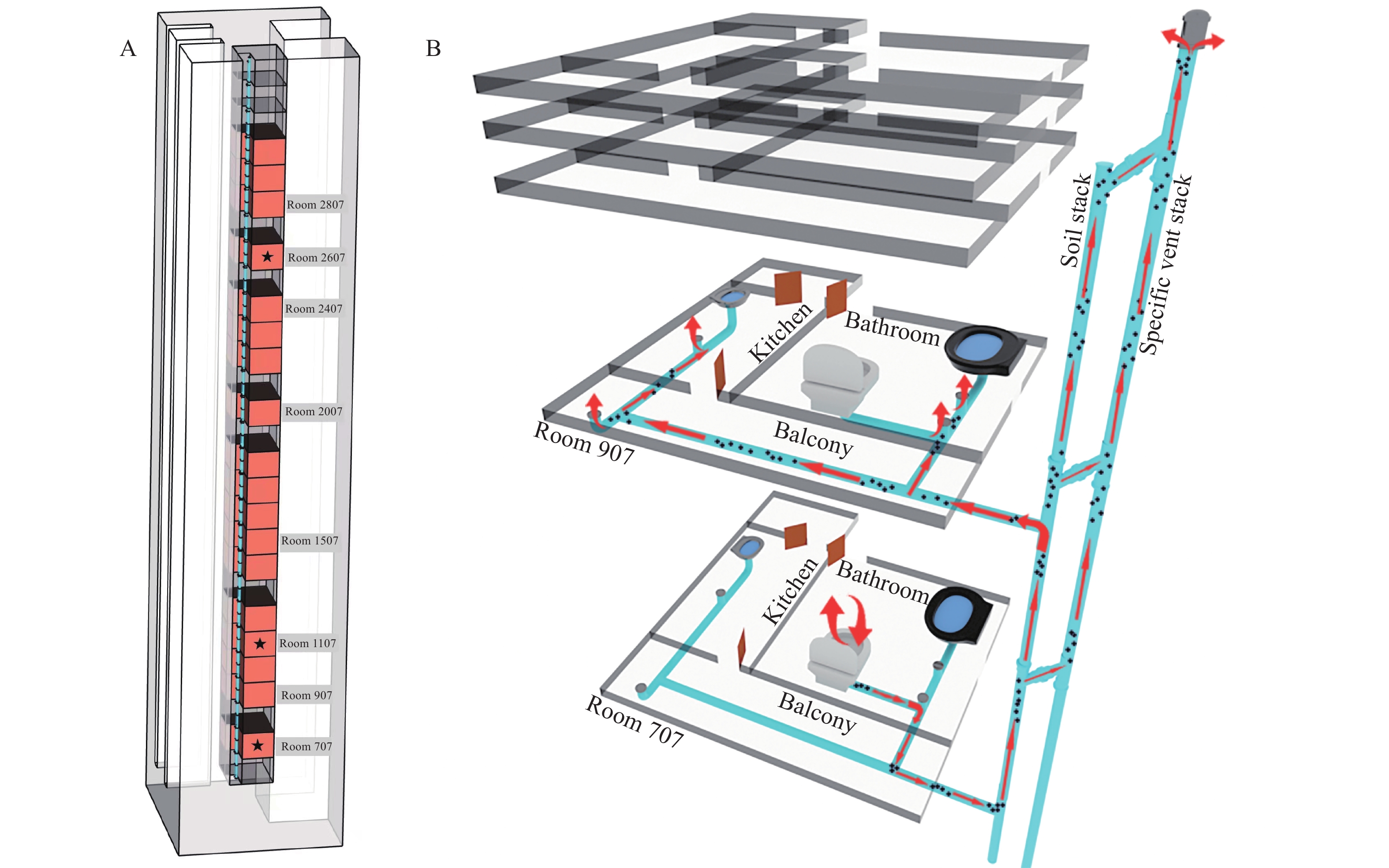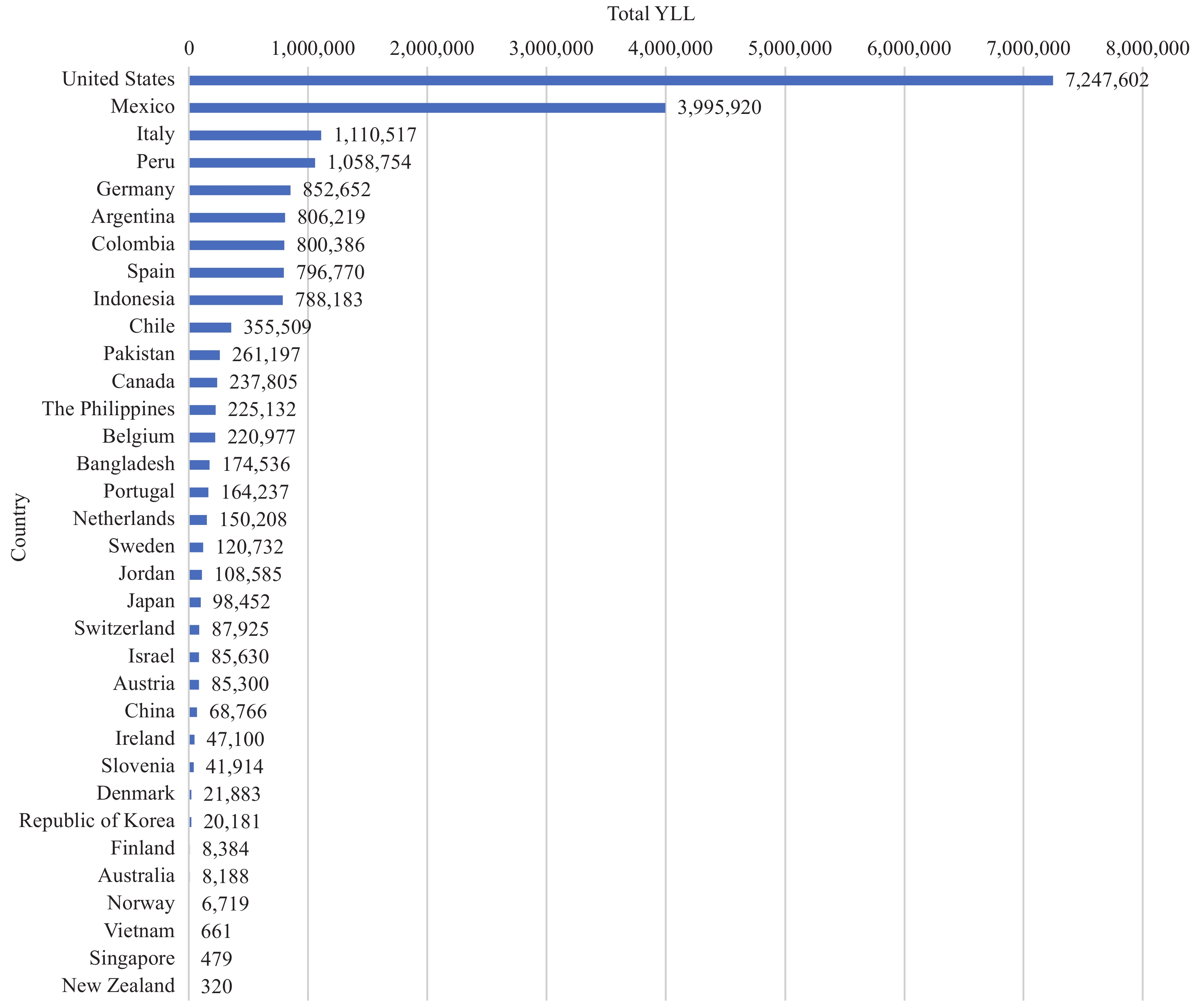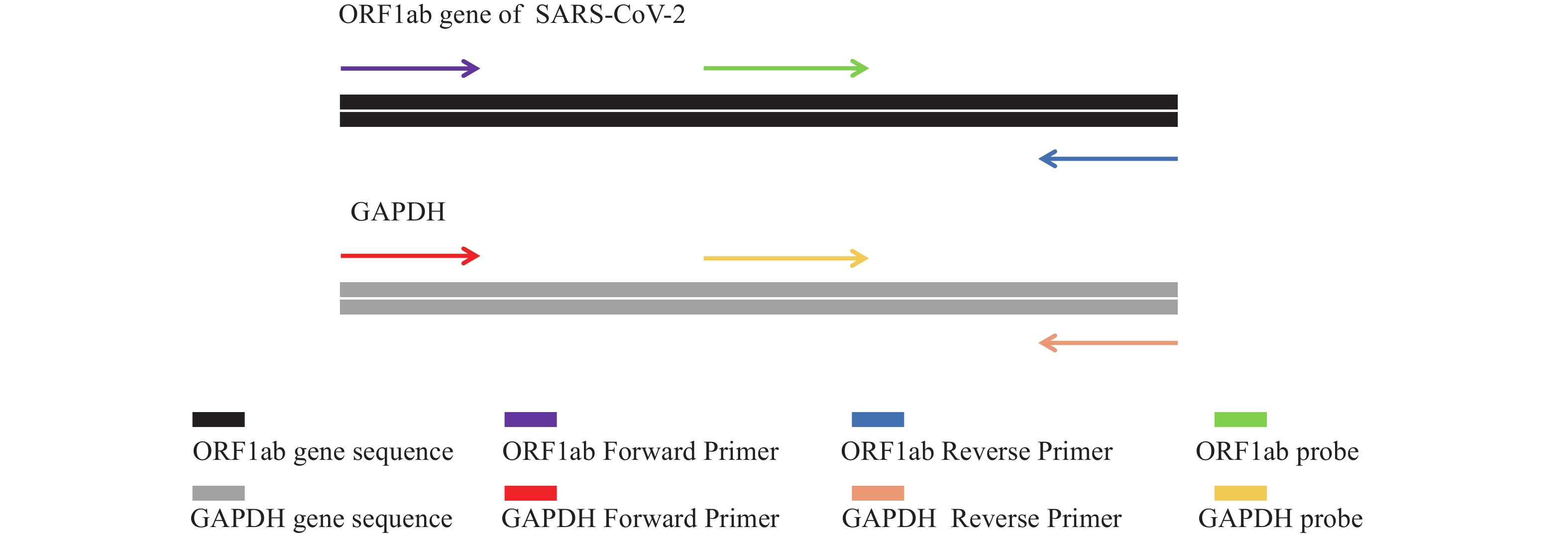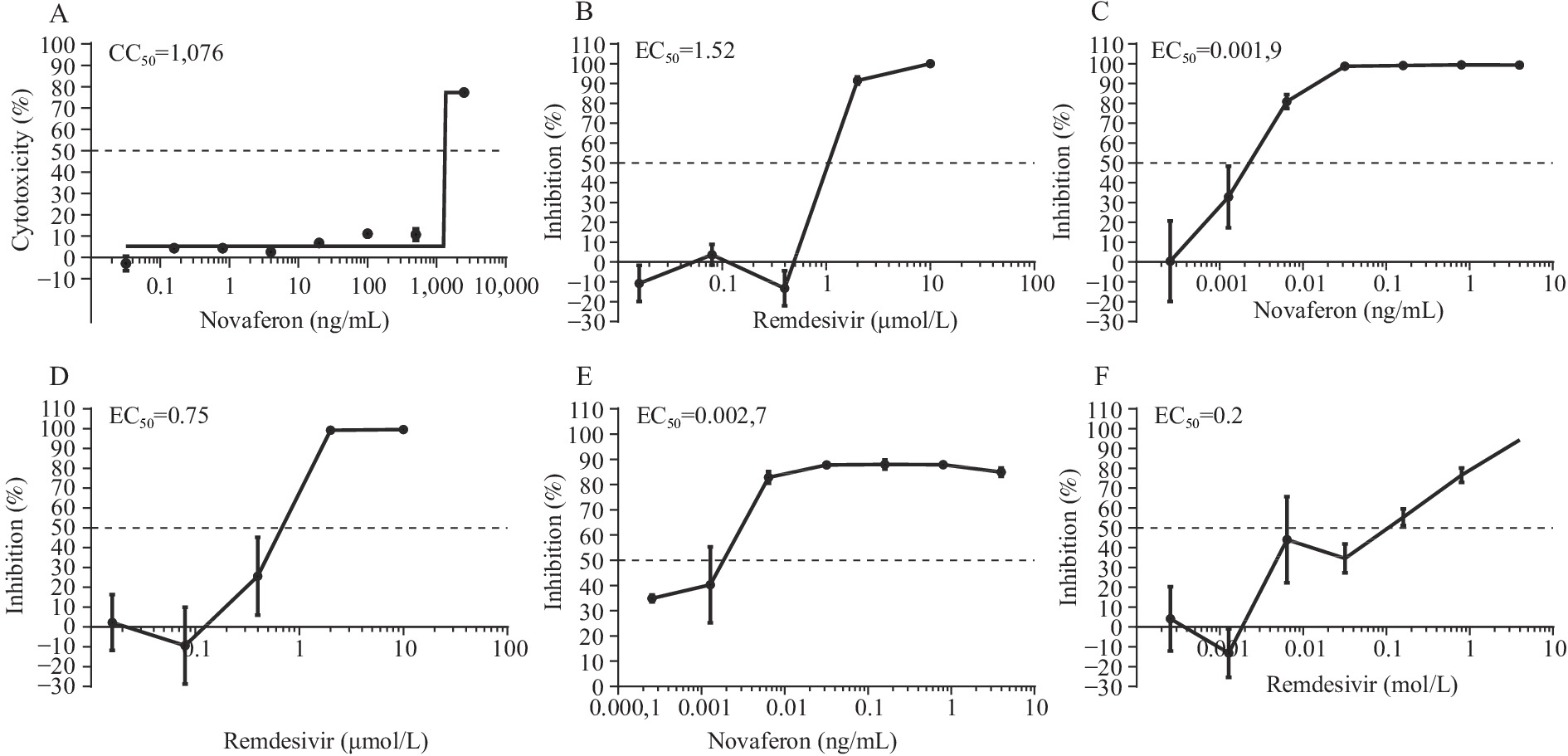2022 Vol. 4, No. 23
Aerosol transmission of severe acute respiratory syndrome coronavirus 2 (SARS-CoV-2) via sanitary pipelines in high-rise buildings is possible, however, there is a lack of experimental evidence.
The field simulation experiment confirmed the existence of a vertical aerosol transmission pathway from toilet flush-soil stack-floor drains without water seal. This report provided experimental evidence for vertical aerosol transmission of clustered outbreaks on 18 floors of a 33-story residential building.
The water seal on floor drains is a necessary barrier to prevent the risk of vertical aerosol transmission of infectious disease pathogens in buildings. It is necessary not only to have a U-shaped trap in the drainage pipe, but also to be filled with water regularly.
The coronavirus disease 2019 (COVID-19) pandemic has caused severe health consequences. Though most COVID-19 deaths occurred among very old people, their life-year loss might be very large because of their life expectancy at that age.
This study quantified how many years of life were lost due to COVID-19 in 34 countries. COVID-19 caused 9 to 21 years of life lost (YLL) per deceased patient. East Asia and Oceania had substantially lower per capita YLL than North America and Europe. Among all countries included, the United States had the greatest total YLL, Peru had the largest YLL per 100,000 people, and Mexico had the largest YLL per 100,000 COVID-19 patients.
The YLL quantification indicated that the vulnerable population, especially the elderly, should be protected under careful public health measures to reduce their YLL. It also implied that it might be too early to lift anti-epidemic restrictions now, since the extreme disproportionate consequences (total and per-capita YLL) in different countries underscored the scrutinization over the variation in disease control strategies to optimize future disease control and prevention.
Current progress in measuring the effect of the pandemic on mortality is limited. Few studies have comprehensively and systematically elucidated the mechanism through which the pandemic affects mortality and what indicators are valid to capture such an effect. This paper presents a comprehensive analysis regarding the multifaceted effects of coronavirus disease 2019 (COVID-19) on mortality and its measurements [i.e., confirmed deaths per million people (CDPMP), case fatality rate (CFR), infection fatality risk (IFR), excess mortality P-score (EMPS), and life expectancy (LE)]. It was revealed that both data collection efforts and measurements on mortality due to COVID-19 were far from perfect and discussed the importance of accurate, prompt, and accessible data by any government over the course of fighting against the COVID-19 pandemic. It is believed that the biggest challenge in measuring the effect of the COVID-19 pandemic on mortality lies not in the construction of indicators at the academic level, but in the collection of data at the practical level. Thus, it is suggested to take measures to better monitor the development of the pandemic and mitigate the increasing burdens borne by the public health systems by improving the tracking system of mortality, standardizing the diagnosis of COVID-19’s deaths, and disclosing mortality data.
Recently, a local cluster epidemic has occurred in Shijiazhuang City, Hebei Province. Failure to promptly identify patients with fever in rural areas was the major reason for this epidemic.
We presented the field evaluation of a new real-time reverse transcription recombinase-aided amplification (RT-RAA) kit incorporating an endogenous internal control in a single-tube format, completed at the Hebei CDC from January 17, 2021 to January 27, 2021.
We evaluated the diagnostic performance of RT-RAA assay using automatic extracted RNA of 808 clinical samples. Compared with reverse transcriptase real-time quantitative PCR (qRT-PCR), RT-RAA kit achieved 92.41% sensitivity, 98.78% specificity and a 96.29% coincidence rate, demonstrating an excellent agreement between the RT-RAA assay and qRT-PCR assay. Furthermore, 58 samples were extracted using a manual extraction method within 5 minutes, but only samples with high nucleic acid concentration (cycle threshold value not higher than 32) could be stably detected.
The RT-RAA is more suitable to meet the needs of rapid, sensitive, and accurate detection in community-level medical institutions.
To identify Novaferon (Nova), a novel recombinant protein of interferon (IFN)-α, antiviral activity against ancestral severe acute respiratory syndrome coronavirus 2 (SARS-CoV-2) and Omicron variant in vitro.
Vero cells were infected with SARS-CoV-2 and Omicron variant in a biosafety level-3 laboratory. And viral replications were accessed using quantitative real-time reverse transcription polymerase chain reaction (RT-PCR).
Results demonstrated that Nova has effective inhibition against ancestral SARS-CoV-2 and Omicron variant in vitro.
The in vivo effects of Nova need to be further tested in animal models. And large-scale randomized double-blind clinical trials are needed to reveal its potentially clinical application.



 Subscribe for E-mail Alerts
Subscribe for E-mail Alerts CCDC Weekly RSS Feed
CCDC Weekly RSS Feed


